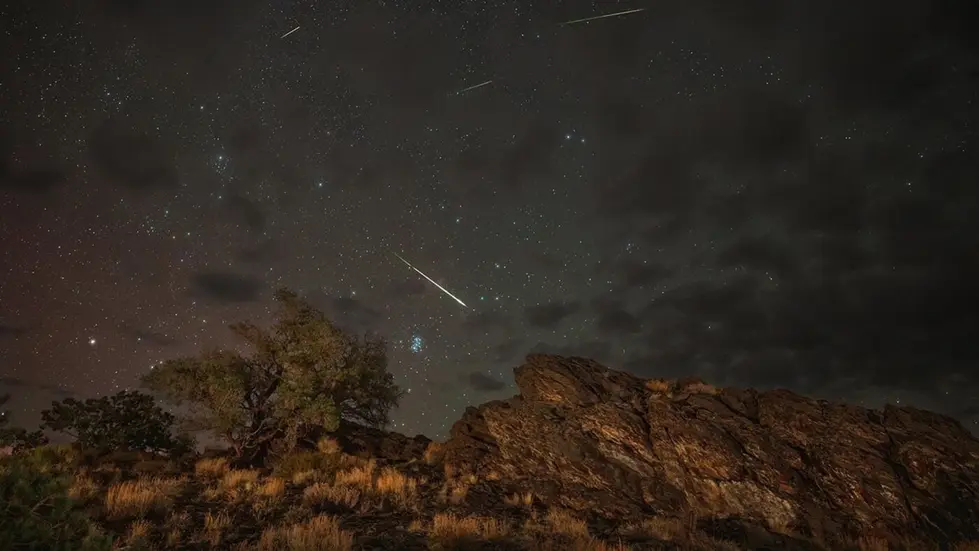T4K3.news
Perseids remain visible in Ohio
The Perseids meteor shower can still be seen in Ohio through Aug 23 with best viewing after midnight in dark sky parks away from city lights.
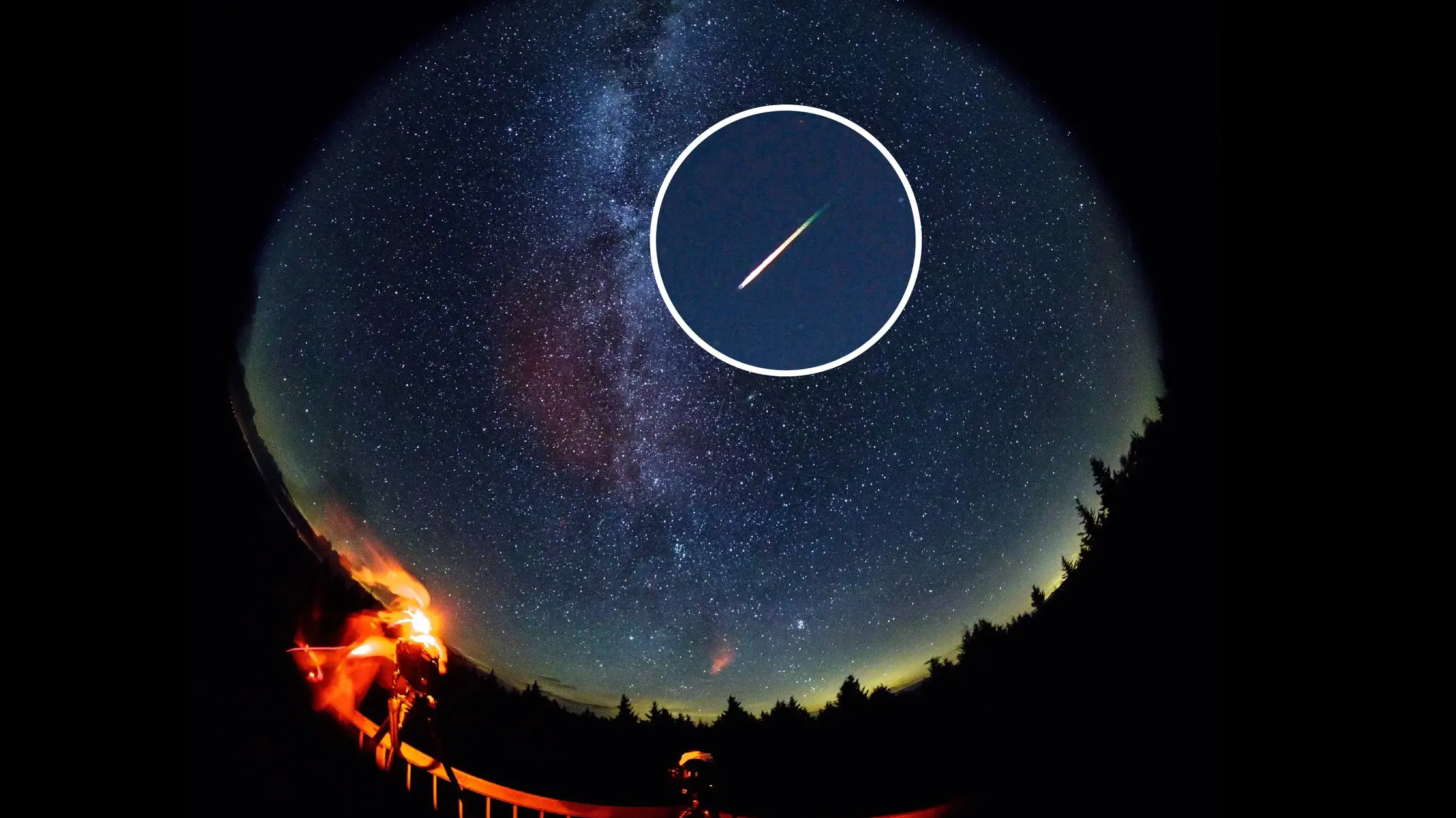
Ohio viewers can still catch meteors this season with dark sky parks and late-night viewing, though the bright moon and weather pose challenges.
Perseids remain visible in Ohio despite bright moon and unsettled skies
NASA calls the Perseids one of the year’s best meteor showers, and the event will be visible in Ohio through August 23. The peak occurred on August 12 and 13, but a bright waning gibbous moon reduced activity by an estimated 75 percent, leaving only the brightest fireballs in view. In dark rural skies, observers could see about 50 to 75 meteors per hour, while city lights can wash out many streaks. For the clearest view, head to designated dark sky places such as Geauga Observatory Park in Montville Township and Fry Family Park in Magnolia, with other recommended spots like Burr Oak State Park, Stonelick State Park, and Wayne National Forest.
Key Takeaways
"Dark skies are a public resource worth protecting."
editorial takeaway on light pollution
"Plan a late night under dark skies and you may catch a memorable meteor."
observer guidance
"The night reminds us how big the universe is."
emotional response
"Patience matters more than peak timing for this shower."
analysis insight
The story shows how accessibility matters in science outreach. Dark sky parks make the cosmos feel closer to communities and help protect night visibility from light pollution. That effort supports education, tourism, and a sense of shared wonder. It also raises questions about funding and long-term maintenance for these sites, especially when weather and the moon cooperate less. The piece points to a broader trend: local groups taking responsibility for preserving the night sky while inviting beginners to participate.
Highlights
- Dark skies are a public resource worth protecting.
- Plan a late night under dark skies and you may catch a memorable meteor.
- The night reminds us how big the universe is.
- Patience matters more than peak timing for this shower.
Clear skies can turn a quiet night into a shared moment under the stars.
Enjoyed this? Let your friends know!
Related News
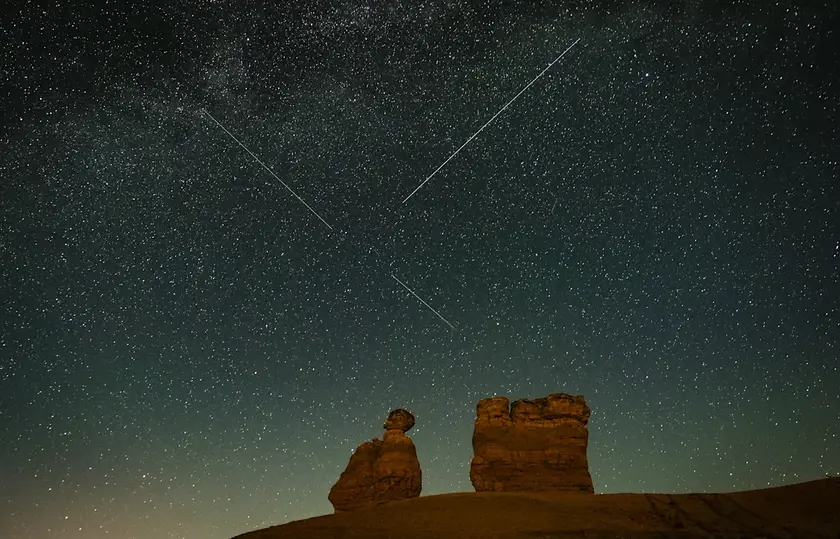
Perseid meteor shower continues
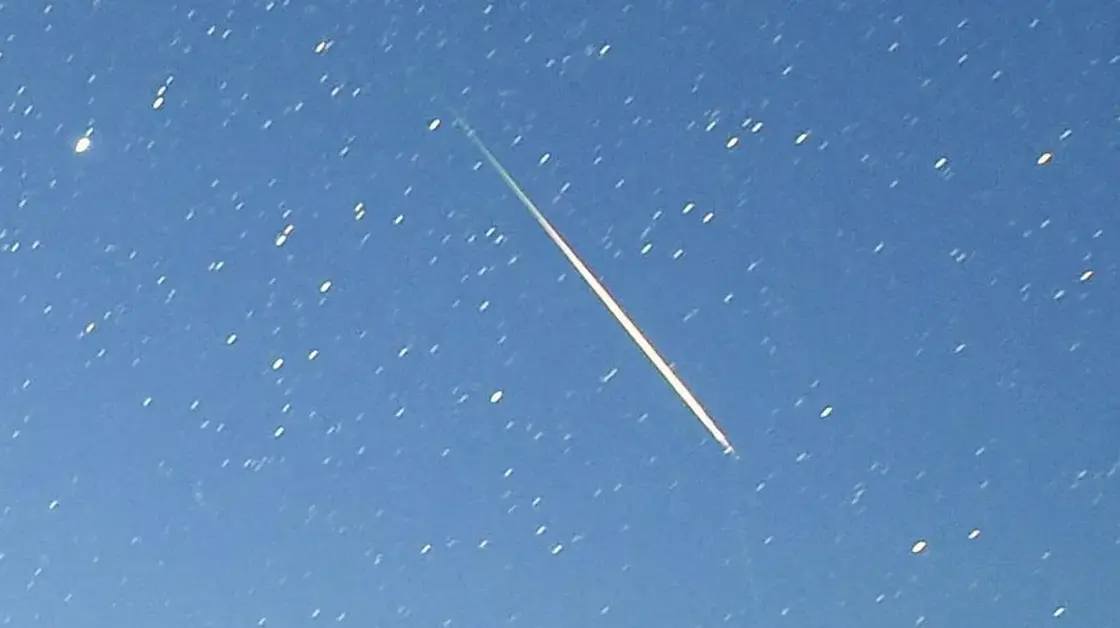
Perseid meteor shower peaks next week
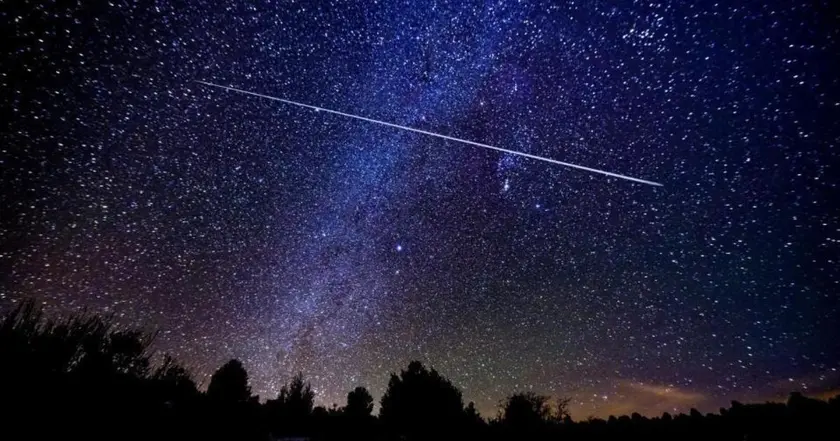
Perseid shower lights Bolton skies tonight
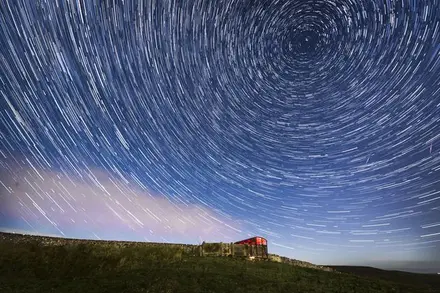
Perseid Meteor Shower Lights NI Sky
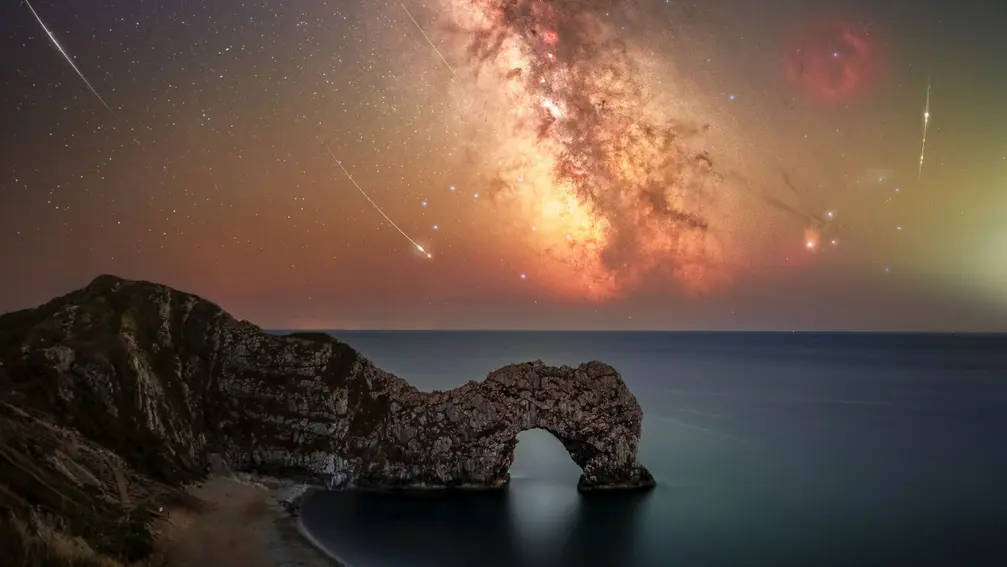
Perseid meteor shower shines through bright moon
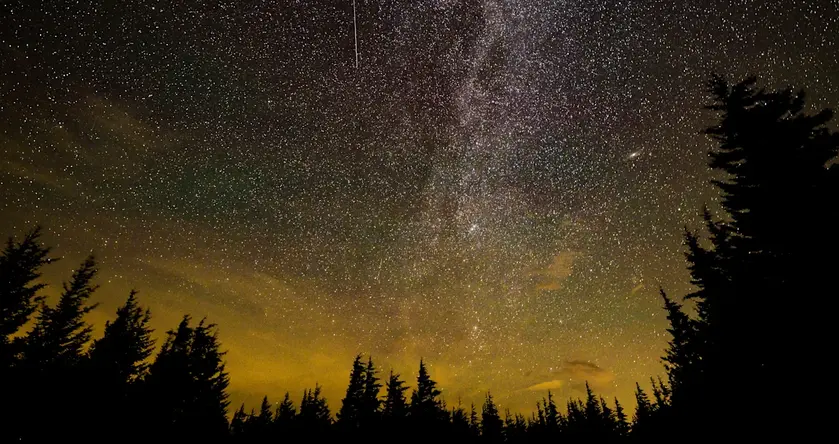
Perseids Peak Tonight
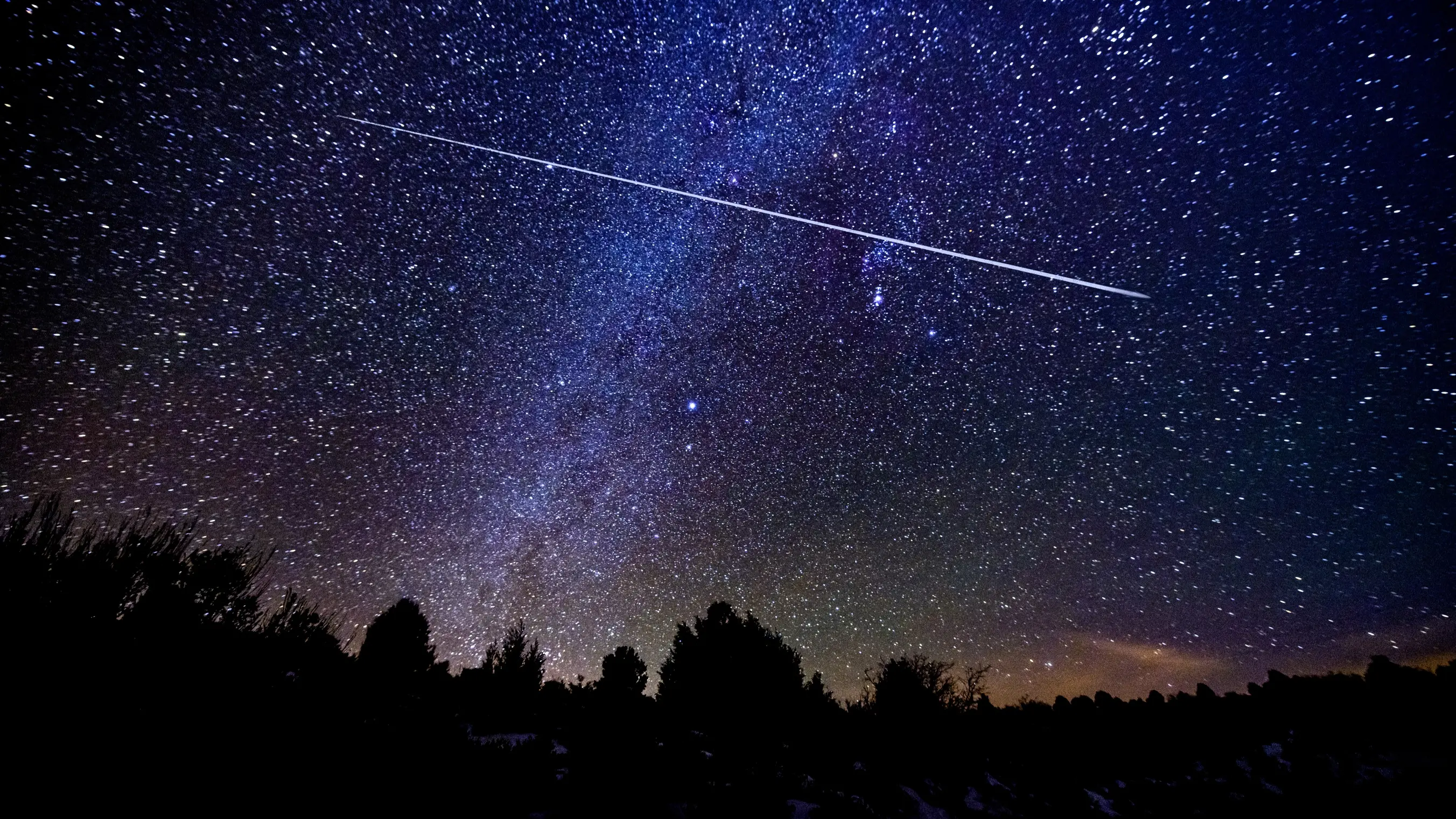
Perseid meteor shower peaks tonight in the UK

Sturgeon Moon and Perseids visible together in UK
